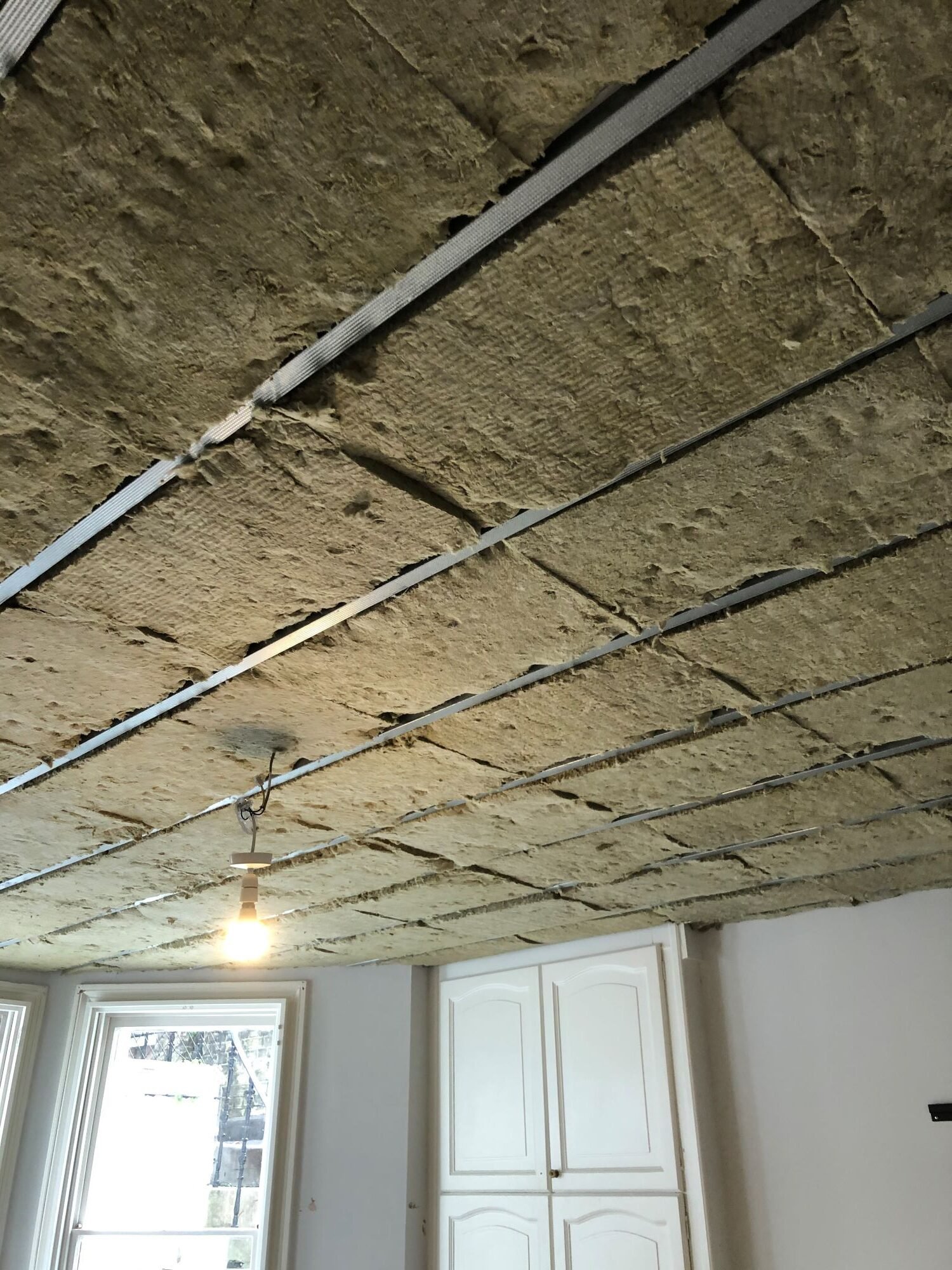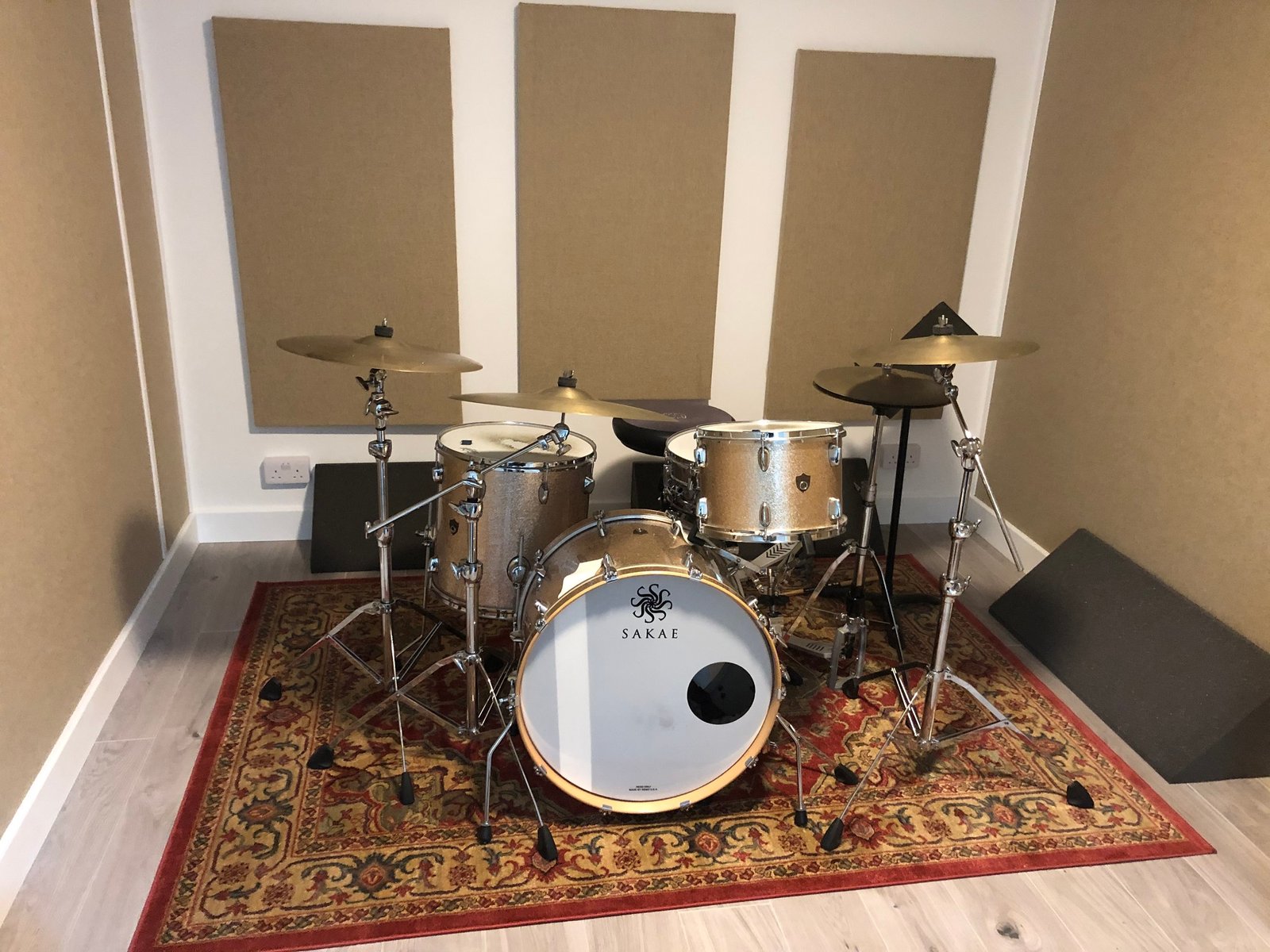
🧠 What is Soundproofing? Understanding the Principles Behind Noise Control
Soundproofing is more than just quieting a room—it’s the science of controlling how sound travels. Whether you’re trying to block traffic noise from entering your home, reduce echo in a studio, or ensure privacy between rooms, soundproofing provides tailored ways to manage and reduce unwanted sound.
This page is designed to help you understand the fundamentals of soundproofing, the different types of noise it addresses, and the materials and techniques used by professionals like West Sussex Soundproofing.

🔊 Why Noise Control Matters
Unwanted noise isn’t just annoying—it can affect your sleep, concentration, mental health, and productivity. In today’s crowded living and working environments, soundproofing has evolved from a luxury to a practical necessity.
By reducing both airborne noise (like voices, music, or traffic) and impact noise (such as footsteps or vibrations), soundproofing creates healthier, more functional indoor spaces.
🧱 How Soundproofing Works: The 5 Key Principles
Soundproofing works by controlling how sound behaves in a space. The most effective strategies involve a mix of the following:
1. Add Mass to Surfaces
Heavier materials like acoustic plasterboard or mass-loaded vinyl absorb and block sound waves by preventing them from passing through walls, ceilings, or floors.
2. Absorb Interior Reflections
Materials like acoustic foam, mineral wool, and soft furnishings help absorb internal sound energy, reducing echo and reverberation inside a room.
3. Decouple Connected Surfaces
Sound can travel through physical connections between structures. Using resilient channels, floating floors, or isolation clips breaks this path, especially useful for studios or flats.
4. Seal Air Gaps
Even small cracks around windows, doors, or vents can leak sound. Applying acoustic sealant, weatherstripping, or door sweeps prevents sound from sneaking in.
5. Dampen Vibrations
Rubber mats, underlays, or sound-dampening membranes reduce the impact of vibrations, such as footsteps on a hard floor or noise from a washing machine.
🎯 Different Types of Soundproofing Materials
There’s no one-size-fits-all approach. Below are some commonly used materials and what they’re good for:
| Material | Best Use | Sound Type |
|---|---|---|
| Mass Loaded Vinyl | Walls, ceilings | Airborne noise |
| Acoustic Foam | Studios, offices | Echo & reverb |
| Resilient Clips | Ceilings, walls | Impact & structural noise |
| Mineral Wool | Walls, floors | Absorption & thermal insulation |
| Soundproof Plasterboard | Ceilings, walls | Airborne noise |
❓ Common Soundproofing Questions
Is soundproofing the same as acoustic treatment?
No. Soundproofing blocks sound from entering or leaving a room, while acoustic treatment improves the way sound behaves inside a space.
Will soundproofing make a room completely silent?
Not completely, but it will significantly reduce unwanted noise—especially when multiple techniques are combined.
Is DIY soundproofing effective?
Basic sound absorption is possible on your own, but for structural soundproofing, professional installation is recommended for reliable results.
🛠️ How West Sussex Soundproofing Can Help
With over 20 years of experience, we specialise in creating custom soundproofing systems for homes, studios, offices, and lofts across the South East. Whether you want to soundproof a single room or a full property, we assess your space and tailor solutions that work long-term.
📚 Explore More
Want to learn how soundproofing applies to your space?
Visit our service pages:
Or contact us today for expert guidance.
📩 Ready to Soundproof Your Space?
If you’re planning a renovation or simply tired of noisy distractions, get in touch for professional advice and a free quote. We’ll help you understand what works—and what’s worth investing in.

